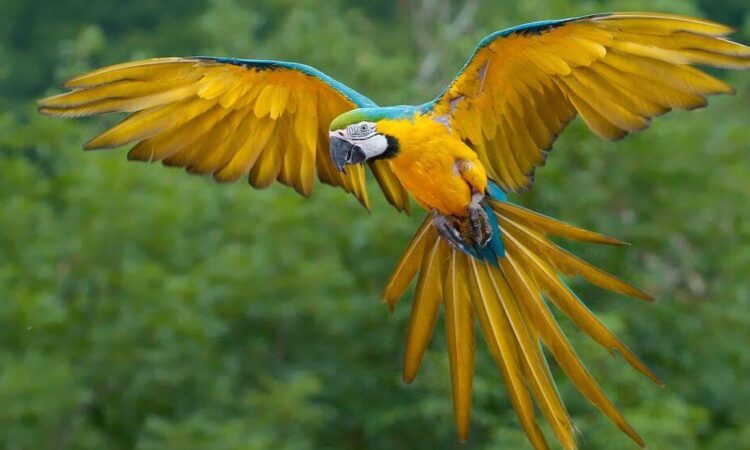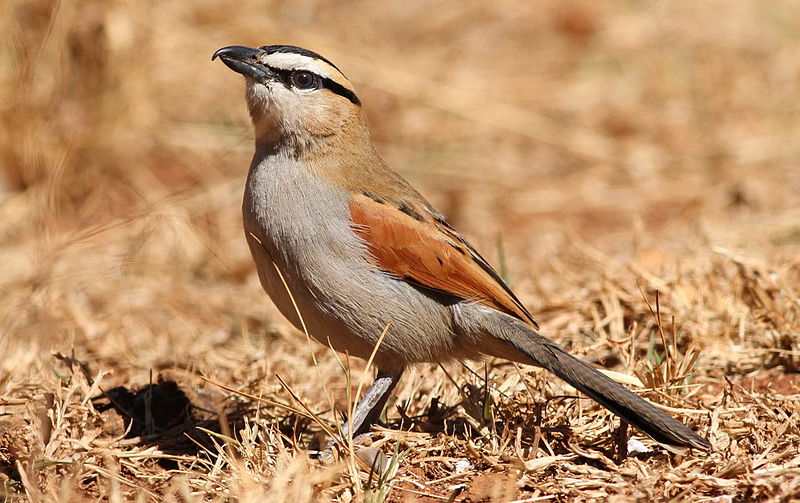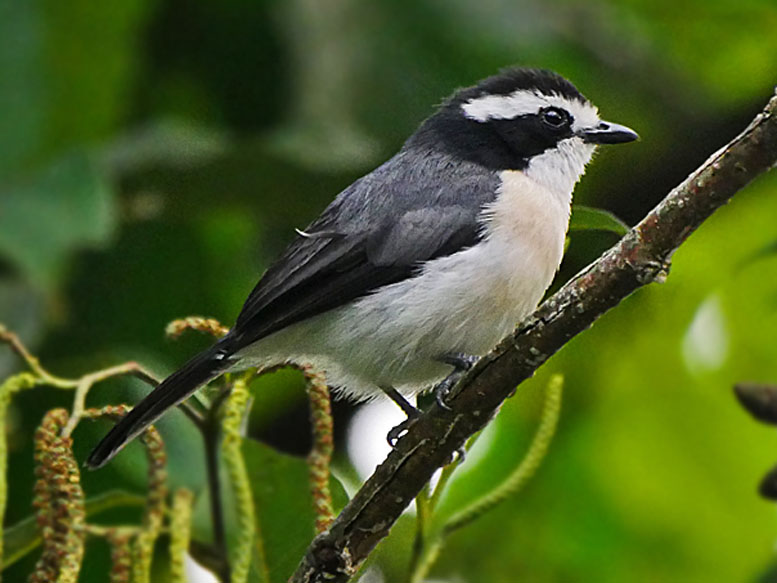
Birding in Bigodi Swamp and Kibale National Park
Birding in Bigodi Swamp and Kibale National Park: The Bigodi Wetland Sanctuary, located near Magombe marsh, is a unique environment. This area is known for its diverse wildlife, including various primates such as the red colobus monkey, baboon, black & white colobus monkey, blue monkey grey cheeked, mangabey, vervet monkey, red tailed monkey, and the L’Hoest monkey. Chimpanzees, Sitatunga, mongooses, bush pigs, otters, and bush bucks are among the other mammals that visit this marsh from the nearby Kibale National Park.
The Bigodi Swamp is an excellent example of a community-based approach to natural resource management that may benefit both the local inhabitants living in the region and the Uganda safaris sector.
The Bigodi is a birdwatcher’s heaven. In fact, expert birders can add up to fifty new species to their bird list. Today, the Bigodi Wetland Sanctuary in western Uganda, is home to 138 different bird species. The majestic Blue Turaco is one of the sanctuary’s principal bird species.
This wetland is home to around 200 bird species, the most well-known of which is the Great Blue Turaco. The swamp is managed by the Kibale Association for Rural and Environmental Development (KAFRED), and it benefits immensely from the surrounding Kibale National Park, since primates like as chimpanzees visit the swamp on occasion, increasing to the range of wild creatures that travelers witness within the Bigodi.

Bigodi Swamp was named after a native Rutooro phrase, “kugodya,” which meaning “to stroll tiredly / wearily.” It is said that when travelers arrived at the Bigodi swamp on foot, they were always too fatigued to continue on and see the rainforest, so they preferred to rest there.
The conservation of this Bigodi Swamp has significant benefits, since it gets more than $150 000 in visitor revenue each year. A portion of this income was utilized to create Bigodi Secondary School and a nursery school, as well as pay the wages of the school teachers; bridges were also built across wetlands and streams inside the hamlet. Other advantages include:
- Farmers’ tips as well as sales of fruits and vegetables;
- Over the years, several travelers have sponsored a number of students from this town to further their education.
- A handful of locals have converted their homes into African-style residences for visitors to visit. This allows travelers to have a closer look into the day-to-day lives of local residents.
- The local women in the community have formed the Bigodi Women Group, which currently has 40 members and makes attractive beads out of re-cycled paper and other materials obtained from the swamp, such as rafia and phoenix-palm fronds, which are used in weaving baskets and manufacturing bags, respectively. Several of their indigenous goods are also exported to Europe.
Fortunately, poaching in this region has been drastically decreased, almost to a halt, because the poachers themselves are now functioning as tour guides for visitors and take visitors on guided nature walks, birding and hiking tours through Bigodi Swamp as well as on community walks to the neighboring villages.
Furthermore, funds from the Bigodi wetland project were used to build the road that goes through this settlement.
Birding in Kibale National Park.
Birding tours in Kibale national park commence at Kanyanchu visitor’s center and bird watching tours in the park begin at 7 a.m.; reservations are recommended. Papyrus Gonolek, White-winged Warbler, White-collared Oliveback, and Papyrus Canary are all rare species.
Bigodi Wetland Sanctuary, just outside the park, is home to 138 bird species that may be observed on guided tours along the boardwalk route and observation platforms. Western Nicator, Grey-winged Robin-chat, White-tailed Ant-thrush, Brown-backed Scrub-robin, Black-and-white Shrike-flycatcher, Brown-throated Wattle-eye, Superb Sunbird, Brown-crowned Tchagra, Bocage’s Bush-shrike, Black Bishop, White-breasted Negrofinch, and Black-crowned Waxbill are among some of the bird species that visitors can sight during a birding safari in Kibale national park.

Kibale Forest National Park in Uganda, with a total land mass of 560 square kilometers, is characterized by a thick verdant forest in the north that gives way to a medium altitude wet, ever-green, semi-deciduous forest in the south, accounting for approximately 77 percent of the total land mass. The remaining 23% is made up of a variety of plantations with exotic conifers, grasslands, and marshes. All of them provide a variety of habitats for the numerous bird species that live in this park.
Kibale National Park is a large national park that protects a large area of rainforest and marshes, which sustain a diverse range of vegetation and animal life. This is one of Uganda’s most beautiful and stunning woodlands, with a growing tropical rain forest, swamp, and fascinating variety.
Aside from the huge variety and quantity of primates living inside this forest (which is the greatest in all of East Africa), the Kibale forest park is also known for its avian diversity, Birding in Bigodi Swamp and Kibale National Park
There are 82 species of Guinea Congo forest-biome, 32 species of Afro-tropical highland biome, and several unusual species found in highland locations. These include the Bar-tailed Trogon and the Fine-banded Woodpecker, as well as the Red-faced Crimson-wing and the White-bellied Crested Flycatcher. The park also hosts 5 of Uganda’s 32 confined range species, as well as 5 of the twelve Ugandan species found in the Lake Victoria-biome.
The Nahan’s Francolin, an endangered species dwelling in three further forest reserves, is one of the species that bird watchers should look out for while visiting Kibale Forest National Park. The Forest ground thrush, on the other hand, has only been reported in two other IBAs. Other interesting species are the Black Bee-eater, Green-breasted Pitta (which is endemic to Kibale national park), Yellow-spotted Nicator, White-thighed Hornbill and, Yellow-ramped Tinker bird, African Pitta, and Little Greenbul.
Birding tours within Kibale national park start at 7 a.m. local time at Kanyanchu, and guests are advised to schedule these tours in advance. This park’s uncommon species include the Papyrus Canary, Papyrus Gonolek, White-collared Oliveback, and White-winged Warbler.
In conclusion; visitors can always combing a bird watching tour in Bigodi Swamp with a chimpanzee trekking safari in Kibale national park in order to have the best experience during your Uganda safari; and such tours can easily be booked through a reputable tour operator company like Explore Rwanda Tours.


